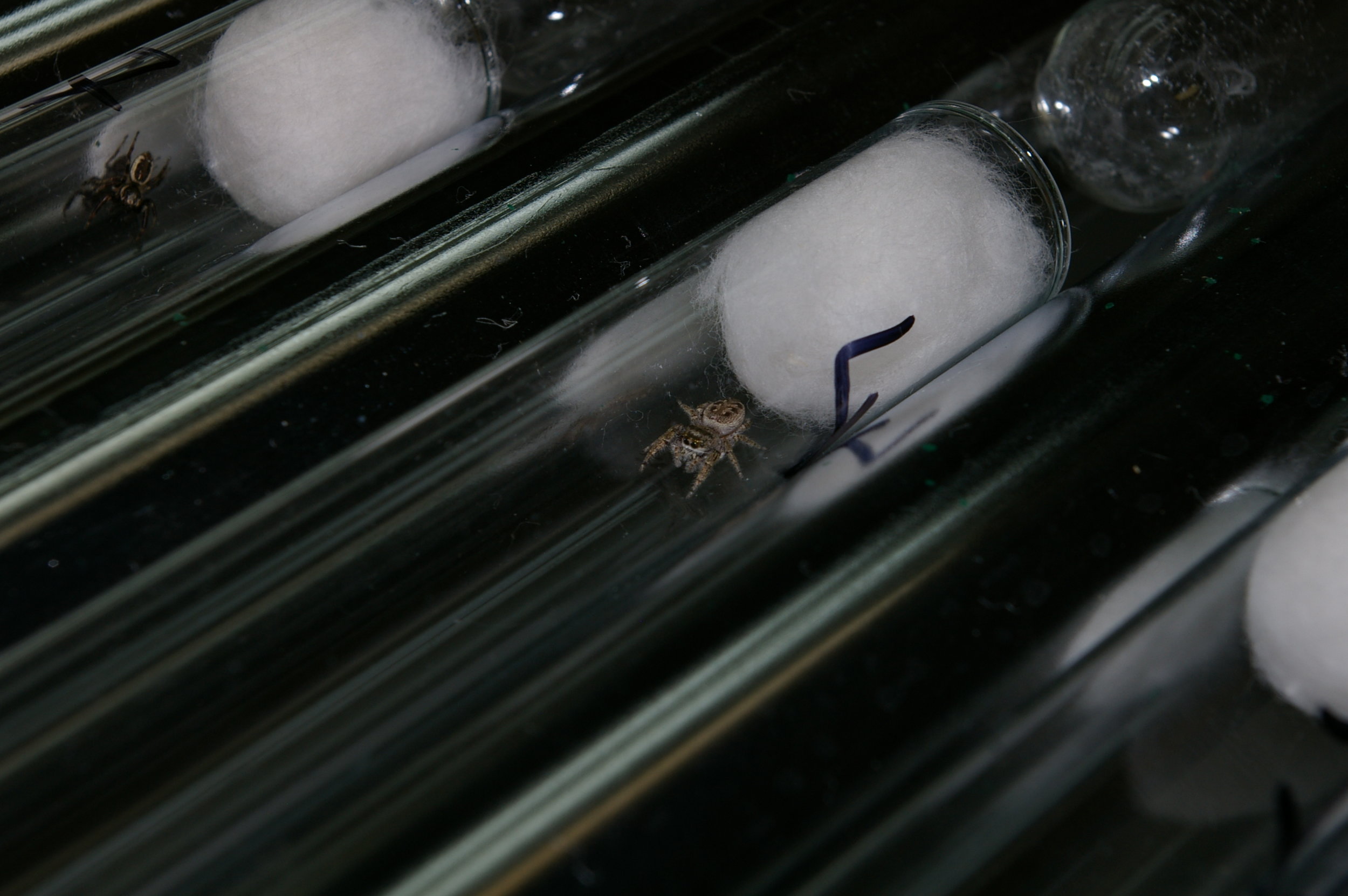Testing the Predictions of the Pace-of-Life Syndrome in Domestic Crickets
A major question in Evolutionary Biology is when and how phenotypic traits should be correlated. To date, one of the main predictive hypothesis of trait integration is the “pace-of-life” syndrome hypothesis, which posits that behavioral, physiological and life history should integrate along a slow to fast "pace-of-life" continuum. During my postdoctoral research at NDSU, I showed that the predictions made by this hypothesis are poorly supported in house crickets (Animal Behavior). These results are also confirmed by a larger meta-analysis of the predictions of the pace-of-life syndrome (Behavioral Ecology and Sociobiology).


